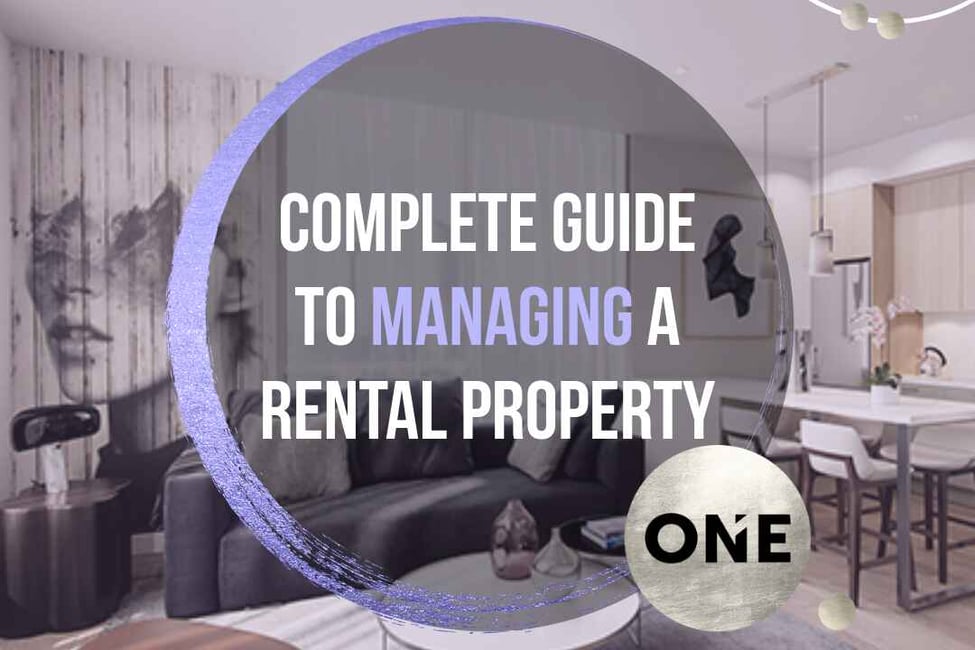Regular property inspections are crucial for maintaining the condition of your rental property and ensuring a smooth landlord-tenant relationship. Here’s a comprehensive guide on how to conduct effective property inspections:
1. Establish a Schedule
- Move-In and Move-Out Inspections: Conduct thorough inspections at the start and end of each tenancy. Document the property's condition to assess any damages.
- Routine Inspections: Schedule regular inspections (e.g., quarterly or bi-annually) to check the overall condition of the property and address maintenance issues proactively.
- Seasonal Inspections: Perform inspections at the change of seasons to identify seasonal maintenance needs.
2. Provide Proper Notice
- Legal Requirements: Comply with local laws regarding notice requirements before entering the property.
- Clear Communication: Inform tenants in writing about the purpose, date, and time frame of the inspection to build trust and reduce conflicts.
3. Use a Checklist
- Comprehensive Checklist: Develop a detailed inspection checklist covering all aspects of the property’s condition.
- Documentation: Take notes and photos during the inspection to document the property's state, crucial for dispute resolution.
4. Focus on Key Areas
- Safety and Compliance: Check for safety standards compliance and address hazards promptly.
- Wear and Tear: Differentiate between normal wear and tear and tenant-caused damage, addressing maintenance issues as part of regular upkeep.
- Major Systems: Inspect HVAC, plumbing, and electrical systems to ensure proper functioning.
5. Engage with Tenants
- Tenant Feedback: Use the inspection as an opportunity to discuss any concerns or issues tenants may have.
- Maintenance Tips: Provide tenants with tips on maintaining the property to prevent future issues.
6. Address Issues Promptly
- Immediate Repairs: Prioritize and address maintenance issues promptly to prevent them from escalating.
- Follow-Up: Schedule follow-up inspections if necessary to ensure issues have been resolved satisfactorily.
7. Document Everything
- Inspection Reports: Create formal inspection reports with detailed notes and photos.
- Record Keeping: Maintain organized records of all inspections, communications, and repairs for future reference.
8. Professional Inspections
- Hire Experts: Consider hiring professional inspectors for thorough assessments, especially for major systems or structural components.
- Regular Professional Maintenance: Schedule regular professional maintenance for key systems to ensure longevity.
Example Scenario and Steps
Scenario: Routine Quarterly Inspection
Steps:
- Schedule and Notify: Decide on the inspection date and provide the tenant with at least 48 hours’ notice.
- Prepare: Bring a comprehensive inspection checklist, camera, and tools for minor repairs.
- Conduct the Inspection: Check each room and system according to the checklist, taking notes and photos.
- Engage with the Tenant: Discuss any concerns or feedback from the tenant.
- Document Findings: Complete an inspection report listing any required repairs.
- Address Issues: Schedule and complete any necessary repairs identified during the inspection.
- Follow-Up: If major repairs were needed, schedule a follow-up inspection to ensure resolution.
By implementing regular property inspections with these strategies, you can maintain the condition of your rental property, ensure tenant satisfaction, and protect your investment. Regular inspections not only help identify and address maintenance issues promptly but also foster a positive relationship with your tenants.

